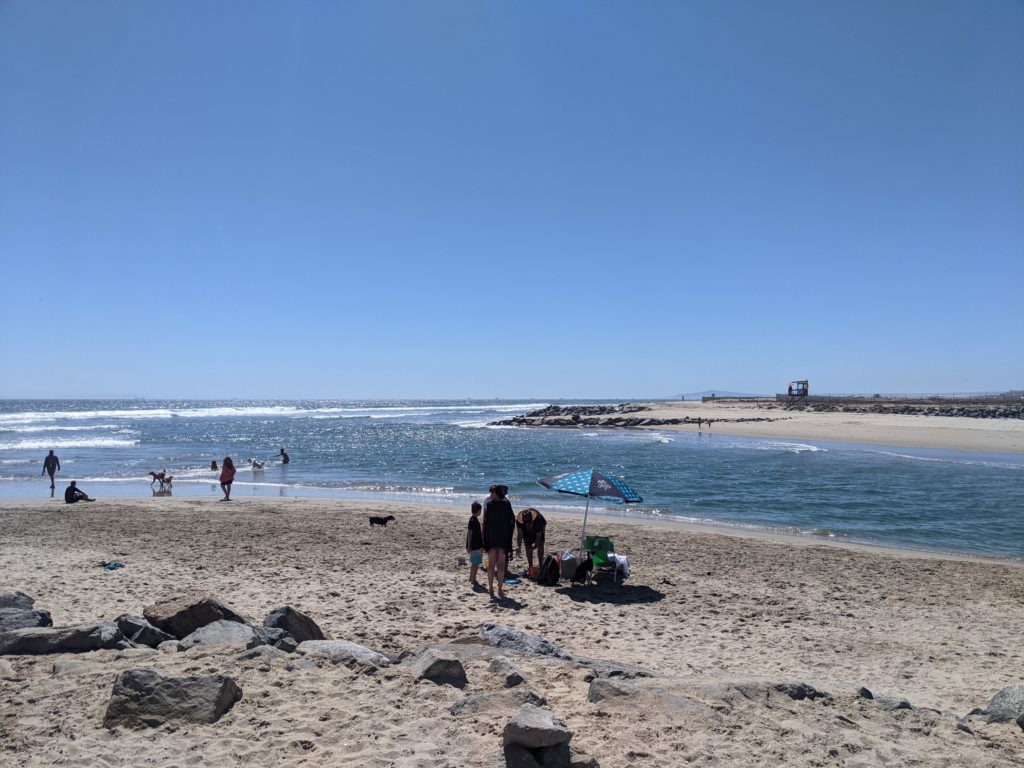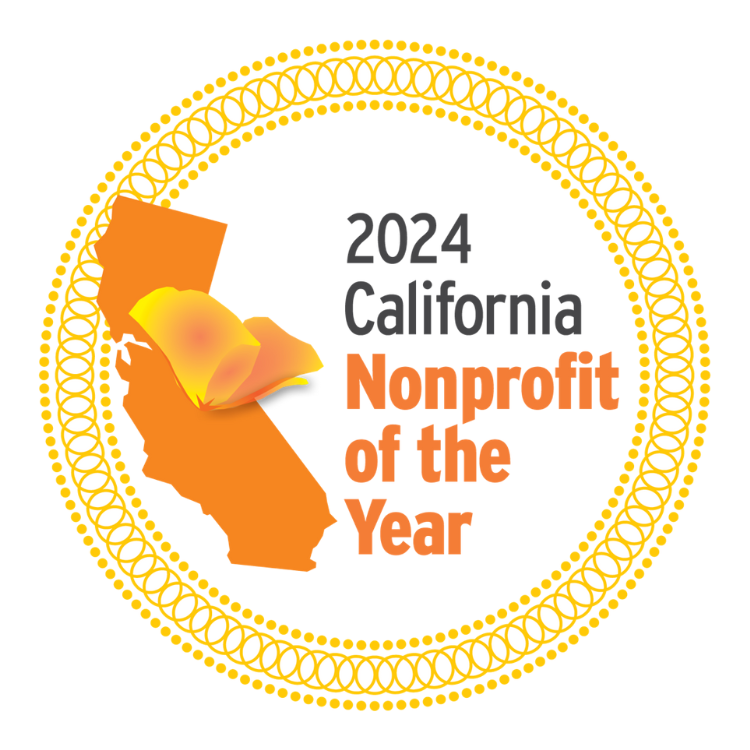Image: The Santa Ana River from the Huntington side
Basar, CC BY-SA 3.0 https://creativecommons.org/licenses/by-sa/3.0, via Wikimedia Commons
The Santa Ana River drains the largest watershed basin in Southern California, an area of over 2,650 square miles. Throughout the river’s expansive 96 miles resides coastal dune vegetation, inshore fish populations, and a variety of birds including the federally endangered California least tern and the California-threatened western snowy plover. These two shorebirds have inhabited the Santa Ana River mouth, located between Newport Beach and Huntington Beach, for thousands of years. Today, another creature has laid claim to the river mouth: humans!
Over the past few decades, and especially in the social media era, the Santa Ana River mouth has seen an increase in recreational use. The seasonal sand bars advertise an illusion of safety that attracts hundreds of daily visitors to fish and play. This all happens a few feet away from one of the most productive California Least Tern breeding colonies on the West Coast.
One of the biggest issues facing these birds is the domesticated dogs that often accompany visitors. The presence of dogs threatens the safety of the area to be used for nesting and feeding.
Both species have evolved to respond to threats, whether it’s due to the rising seas or the presence of coyotes, by fleeing and abandoning their nests and chicks. This presents a significant problem when we introduce animals that not only resemble coyotes in shape and movement but are often driven to chase and even hunt birds.

Image: The Santa Ana River mouth from the Newport Beach side
The issue is complicated by the complex ownership and management in the area, as no singular agency owns or manages the area. At the Santa Ana River mouth, the City of Newport Beach, the County of Orange, and California State Parks all lease and manage property from the California State Lands Commission. Each of these organizations has its own regulations and rules about how its property can be used by the public and by extension their dogs.
The City of Newport Beach allows dogs on their property before 10 AM and after 4:30 PM they require that dogs always be on a 6-foot leash at all times. California State Parks only permits dogs on paved paths and in their parking lots, excluding dogs from beaches and dirt trails at all times. The County of Orange requires that dogs be on a 6-foot leash at all times. However, as their managed and owned portion of the Santa Ana River mouth is a flood control channel, accessing their property at any time is against their regulations. In summation, the only area where humans and dogs (during the proper timeframe and on a leash) can use the area is the beach south of the river mouth, several feet away from the waterway.
This combination of land management confusion, endangered bird habitats, misinformed beachgoers, and water quality concerns led Orange County Coastkeeper to start the Santa Ana River Mouth Monitoring Project in 2019. The goals of the project are to gather information on how the area is being used by the public, regardless of local regulations, and which public agencies are driving regulation enforcement. Since the project’s inception, the resulting data has already been used by land management agencies to inform local projects and use decisions.
This project is always in need of more volunteers. If you would like to help us monitor the river mouth, please email volunteer@coastkeeper.org. Participants would visit the river mouth on their own time and document what they see. Orange County Coastkeeper focuses on education, outreach, and remote monitoring, not regulatory enforcement.
Ongoing support for our monitoring project has come from the California Coastal Conservancy, the California Coastal Commission, and the City of Newport Beach.






